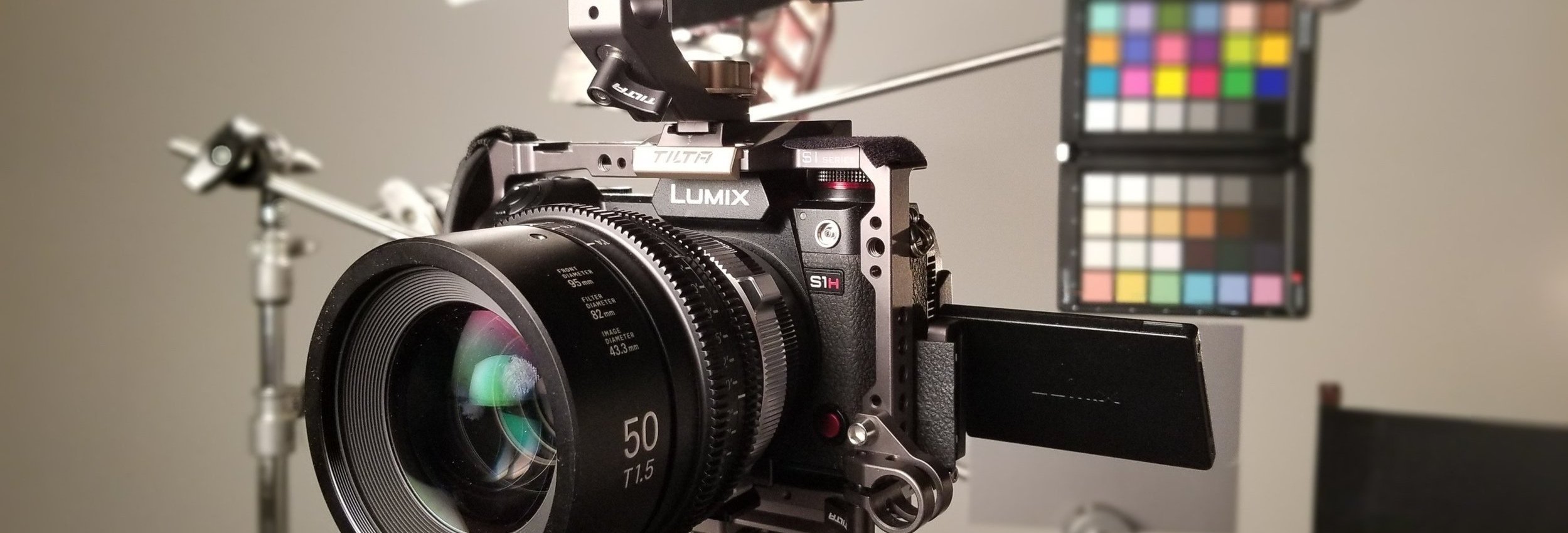After having the opportunity to share my camera test results for the Sony FX9, I realized just how useful a high quality dataset is for qualitative analysis and LUT building. The FX9 test was so useful and popular amongst my cinematographer clients that I wanted to organize another test using multiple camera systems. I decided to make an event of it and invited ten cinematographers. We had beer and ordered Chinese food and ran a bunch of cameras through the ringer.
We recorded using the on-board codec when possible to compare systems. As not all of the cameras we tested had RAW recording capability, I moved everything to ProRes 422 HQ - 4K DCI to level the playing field before doing any color transforms. I also exported a DPX for every image so you can download and check these images in your color grading software. I spent a little time comparing the various characteristics of the native codecs but found that the differences were less interesting than the overall color science and noise profiles.
There were a few anomalies which I'm still looking into. Particularly RED Dragon's color science. I used the built-in Color Space Transform tool in Resolve for each camera's transform to Rec.709. If you would like to apply your own LUTs and transforms, you can use the raw DPX files in the ZIP file below.
-->>RAW DPX FILES<<---
Although there's an iPad with the metadata in each shot, the exposure bracketing is denoted by the N+/- number. N+0 would be normal exposure to meter. N plus or minus a number represents over or under exposure in single stop increments.
C300_M3_800ei_CLOG3_CCGAM_CST_N-1_1.3.1.png
REC.709 PNG FILES for viewing lossless results with a web browser. Internet/smartphone/laptop friendly. In no particular order:
If you would like for me to send you the entire raw dataset, just hit me up. It's approximately 100GB.
